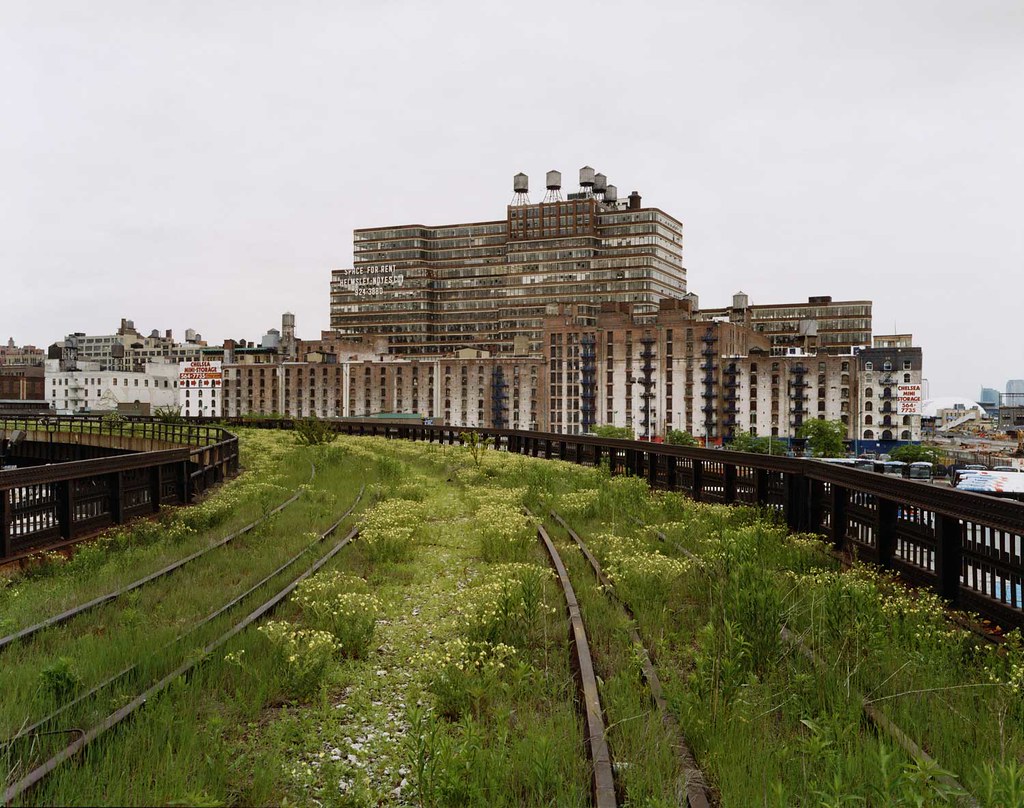The two photographers I am going to compare and show the similarities
of their work are Robert Adams who was born in Colorado in 1937 and Edward
Burtynsky who was born in Ontario in 1955.
The first photographer is Robert Adams who is best known for
his series of photographs which shows the urbanisation into the landscape of
the American West. His work shows the good and the bad as he tries to balance
the hope for Nature’s determination against the despair felt by man’s
destruction of the wilderness.
His photograph entitled ‘Burning Oil Sludge’ is a good
example of this. As Adams was driving home one winter’s day in Denver, he was
drawn to the sight of a huge plume of smoke in the distance. The blackness of
the noxious cloud, billowing gracefully into the sky became a surprisingly
beautiful sight against the snow-coloured Colorado Rockies in the distance,
whilst making a near-by elegant tree a feature of the image.
My second choice is Edward Burtynsky who makes nature transformed
through industry a major theme of his work. His work features global industrial
landscapes such as mine tailings, quarries and refineries.
His skill as a photographic colourist is evident in his work
and in particular in a series of photographs taken of nickel tailings in
Ontario. Vibrant orange contrasting against a glossy black background enables
Burtynsky to achieve spectacular images from a landscape in danger. The
startling colours put us in mind of an erupting volcano which is why we can
relate this image to a natural disaster. However, the intense colours of the
reds and oranges are caused by the oxidation of the iron that is left behind in
the process of separating nickel, along with other metals, from the ore.
The two men are very similar in their how they want their
work perceived. Both Adams and Burtynsky see their subjects as the human destruction
of the environment. However, both photographers are drawn to the beauty that
the image provides, almost like a guilty pleasure.
Burtynsky said “you
know everything in the picture is disgusting and terrible and, worse, you are
part of the cause but you can’t help being awed by this beauty. If we destroy
nature, we destroy ourselves.”
Adams wants
us, as the viewer of his photographs, to consider where we live and how we
relate to our environment. The ‘Burning Oil Sludge’ photograph is a fine
example of his vision – the simultaneous existence of harmony and discord, of
beauty in ugliness.
Both men
want the viewer to appreciate their work for its beauty, but at the same time,
they want the viewer to understand the underlying message that man is
destroying our environment.
Both men
have won numerous awards for their work.






